wrestling / Columns
The 8-Ball 07.05.12: Top 8 Pro Wrestling Restaurants
Welcome, ladies and gentlemen, to the 8-Ball. I am your party host, Ryan Byers, and this is the second straight week of yours truly pulling double duty in the 411 Wrestling Zone. Last week, in addition to my usual 8-Ball I filled in for Mathew Sforcina on Ask 411 Wrestling. This week, in addition to reading the column that you’re currently on, you can check elsewhere on the site to see me going head-to-head with my former “2 Raw, 2 Furious” running buddy Chris Lansdell in Fact or Fiction, moderated by Mr. Steve Cook.
In addition to all of that, you can also follow me on Twitter, where you can see me tweeting random musings about professional wrestling.
But, enough with the plugs. You deserve some substantive content, and you’ll get it after the banner.
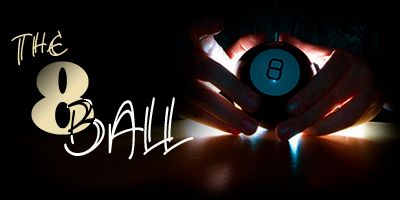
Professional wrestling is a sport filled with some very large men and women. The performers themselves have historically been larger than life, and, let’s face it; there are many fans of the mat game that are physically massive, albeit for completely different reasons. With all of these large wrestlers and all of these large fans, there has to be some source of mass quantities of calories in order to keep them all functioning.
With that, it is no surprise that there have been numerous restaurants linked to professional wrestling over the years. This week, we take a look at the eight most memorable of those eateries.
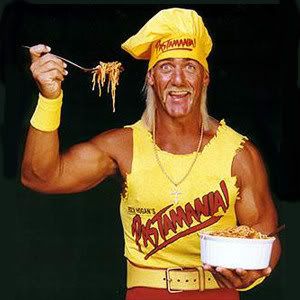
The first episode of WCW Monday Nitro, which aired on September 4, 1995, is memorable for many things. Obviously, invading the WWF’s traditional timeslot was a big deal, as was the live defection of Lex Luger to WCW, a rare-for-the-time Hulk Hogan television main event (against Big Bubba Rogers), and a red hot opener between Brian Pillman and Jushin Liger that foreshadowed the action of the promotion’s cruiserweight division. However, one of the laughably bad portions of the first Nitro was a plug for Hulk Hogan’s new restaurant “Pastamania,” which had a location inside the Mall of America, the site of that initial Nitro broadcast. The word on Pastamania is that Hogan was seeking opportunities to make money off of his name to build cash reserves for use after his retirement, so he invested a large chunk of his own cash in attempting to get Pastamania off the ground, but the venture lost so much so fast that Hogan completely axed it within a year of its opening. (Some sources claim that there was also a line of canned pasta that coincided with the store, though I have been unable to confirm this, nor was it mentioned on Nitro.) Though fans were still wild about Hogan in the ring, they just didn’t care for eating “Hulk U’s,” “Hulk-a-Roos,” and the other types of low quality Italian cuisine with wrestling-themed names that adorned the menu at the Mall of America. The space once occupied by Pastamania was converted into an Orange Julius long ago, but the restaurant will always have a special place in the heart of mid-90s wrestling fans due to the heavy plugging that it received on that first episode of Nitro.

Though his name might not necessarily be familiar to modern fans, Italian-born Ilio DiPaolo was one of the biggest stars in the New York and Ontario wrestling circuits in the 1950s. He was a contemporary of and went head-to-head with such legendary names as Pat O’ Connor, Lou Thesz, and Gorgeous George, facing the former two in matches for their versions of the World Heavyweight Title. DiPaolo also holds the distinction of being one of the few wrestlers who retired from the game towards his peak and stayed retired, as he stepped away from the ring in 1965. When he did so, he moved into the restaurant business, establishing Ilio DiPaolo’s Restaurant in Blasdell, New York, that very same year. DiPaolo’s restaurant was an Italian joint, and saying that it was a higher class, more authentic Italian establishment than Hulk Hogan’s Pastamania is a bigger “duh” statement than saying that John Cena has more legs than Zach Gowen. DiPaolo’s is truly a class establishment, and its quality has kept it alive consistently since it opened its doors almost fifty years ago. Sadly, DiPaolo did not live to see his eatery’s continued success, as he passed away in 1995 at the age of 68 as a result of a tragic automobile accident. However, Ilio’s family has kept the restaurant alive and will still welcome you if you’re travelling through the Buffalo area. For its longevity if nothing else, Ilio DiPaolo’s restaurant slides onto our list at number seven.
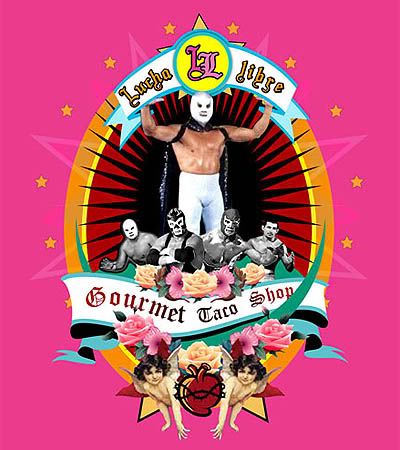
The majority of the restaurants on our list are owned by professional wrestlers. This is the first of two entries we’ll see today that is not owned by a wrestler but rather has a professional wrestling theme instead. The Lucha Libre Gourmet Taco Shop is located in San Diego’s Mission Hill neighborhood and is decked out from wall-to-wall with images of and memorabilia related to the professional wrestling of Mexico. (The name was sort of a giveaway, wasn’t it?) It has received more recent national attention than just about any other pro wrestling restaurant thanks to its appearance on the Travel Channel television series Man vs. Food, seen in the video above. If you poke around on the numerous restaurant review sites that have popped up on the internet (Yelp, etc.) it receives almost universally positive reviews from laypeople as well, particularly for its wide variety of salsas and, of course, the burritos. Plus, where else can you get a large meal for a good price while simultaneously staring at paintings of Blue Demon drawn in the style of Andy Warhol?
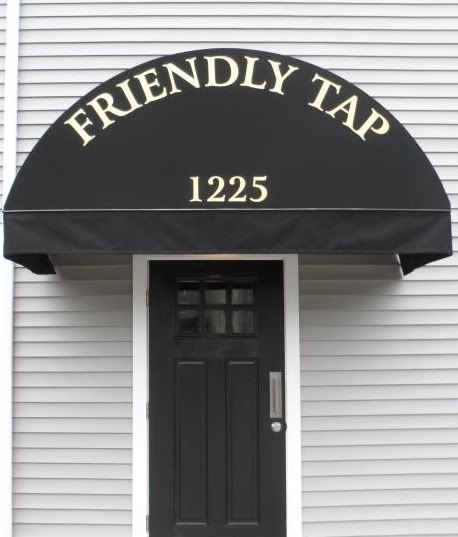
This one is a bit of a stretch, as the Friendly Tap was more of a bar than a restaurant, but what good bar doesn’t have a kitchen where you can enjoy some cheap, greasy food? The Tap was owned by WWE referee Tim White (who became an agent once he had suffered a severe shoulder injury in Hell in a Cell match) for several years throughout the 2000’s. Located in Rhode Island, there was a period of time during which you were almost guaranteed to see an angle involving the bar when the WWE crew was in its general vicinity. The APA of Faarooq and Bradshaw had at least one memorable brawl there, and the Tap also played a pivotal role in one of my favorite forgotten angles of all time, with a despondent Steve Austin nursing beers at the bar while deciding whether he would join Team WWF during the original Invasion pay per view. The angle, recapped in the video above, was an absolutely brilliant piece of storytelling and a reminder that, even without the Ric Flairs and the Goldbergs of the world, the WCW/ECW invasion angle was actually coming along just fine before Austin’s re-turn to the heel side of things. Unfortunately, the Friendly Tap would also be the site of one of the dirt worst angles in WWE history, as Tim White was featured there in a skit in which he attempted suicide. The skits became a regular feature on WWE.com, in which White would regularly attempt to off himself in the name of supposed comedy. It was a sad note for the Friendly Tap to go out on.

The 1990s was the decade of the theme restaurant. Planet Hollywood was launched that year and, though it was actually founded in the 1970s, the Hard Rock Café expanded to the point that it became internationally known. Because, really, who doesn’t want to pay $25.00 for a hamburger so that you can have the privilege of eating it while staring at Rocky Balboa’s jock strap or Mick Jagger’s used lip gloss? Given the insane popularity of theme restaurants and the insane popularity of professional wrestling during the late 1990s, a pro wrestling theme restaurant seemed like a natural fit. Cue the WCW Nitro Grill, which was operated by a company known as American Vantage Co. after licensing WCW’s intellectual property from Time Warner. The restaurant, which had only one location inside of the Excalibur hotel and casino in Las Vegas, was heavily promoted on WCW television at the time and featured meals like the Booker T-Bone as well as regular autograph signings from the promotion’s stars. However, all of the hype was not enough to keep the Grill’s doors open, as poor attendance caused it to close in September 2000, less than a year-and-a-half after the grand opening. WCW itself would follow suit six months later.
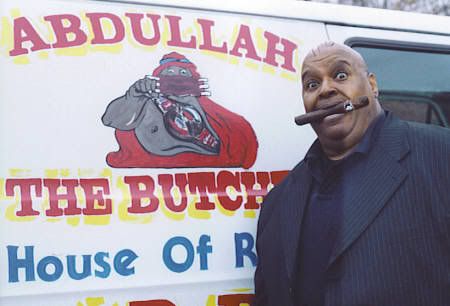
For decades, Abdullah the Butcher terrorized wrestlers and fans across the globe, swinging chairs, dropping elbows, and, more recently, tearing into the foreheads of his hapless opponents with a sharpened dinner fork. It’s somewhat funny, then, that Abdullah’s side business over the course of the past decade has involved inviting patrons to take their own forks and dig into big old plates of ribs and Chinese food at the creatively named “Abdullah the Butcher’s House of Ribs and Chinese Food.” What do ribs and Chinese food have to do with one another? I have no idea, but, then again, I also don’t know why Abby fancied has himself as a restaurateur for the past several years. Located in one of the biggest wrestling cities in history, Atlanta, Georgia, the quality of food is typically referred to as being good relative to the price, and the décor includes things like velvet paintings of Abdullah wearing pimped out suits and chomping on massive Cuban cigars. In fact, when he’s not taking independent bookings outside of his home turf or travelling to Japan (where, yes, people still pay to see him wrestle), you can usually find him greeting diners and posing for snapshots with them. It’s surreal, but it’s one of those surreal things that you have a hard time going wrong with.
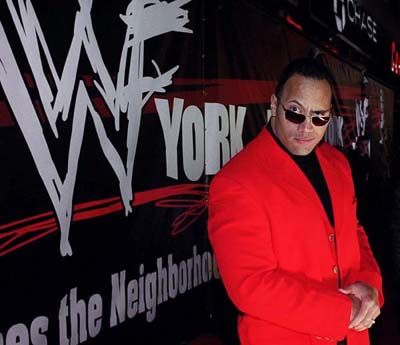
As noted earlier on the list, the 1990s was the era of the theme restaurant, and pro wrestling has never been shy about jumping on to bandwagons. We’ve already seen the WCW version of the theme restaurant, but, as most of you already know, the WWF had their own answer to it. Located in Times Square, WWF New York opened in 1999, the same year as the WCW Nitro Grill. However, it wound up having significantly more staying power than its WCW counterpart even though, for reason that we will explore later, it is still impossible to refer to WWF New York as being a success. The facility managed to remain leased and operated by the WWF until 2003, though, after a few years of existence, it changed its name to “The World” as part of the massive rebranding that the entire company had to go through due to its idiotic decision to run afoul of the World Wildlife Fund. WWF New York/The World was mainly known to wrestling fans for two reasons: 1) For several years, it was the location from which Michael Cole and Tazz would host Sunday Night Heat and 2) during pay per views and other major events, one of the wrestlers who had nothing better to do would usually be stuck handling a live remote from the restaurant. It was an interesting concept, but there was a small problem with WWF New York. It never made money. In fact, it lost literally millions of dollars, and the only thing that keeps it from being remembered as one of the biggest financial flops in WWE history is the fact that the XFL bombed so much harder just a couple of years earlier.
For more thoughts on WWF New York, I would suggest reading this review from one of my favorite websites of years gone by, X-Entertainment.
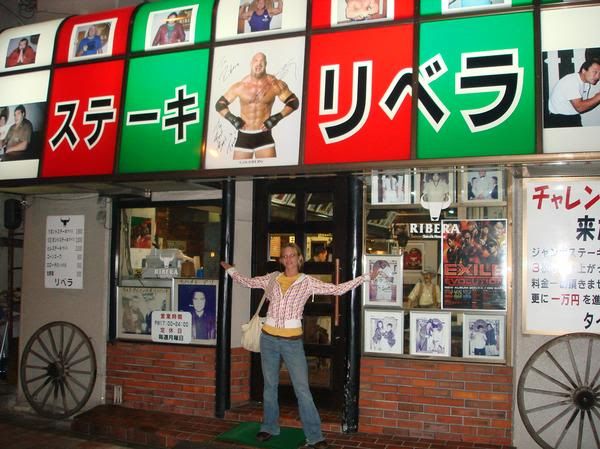
Downtown in Tokyo, Japan, just a short walk from the Takanawadai Train Station, you will find a tiny building that would be unassuming if not for the fact that it is covered in gigantic photographs of professional wrestlers. It is the Ribera Steakhouse, and it has been a must-stop location for any wrestler or MMA fighter who has set foot in Tokyo over the past several decades. In addition to being a mecca for those involved in combat sports – who have their pictures covering almost literally every square inch of the dining area – the restaurant isn’t just a gimmick. Virtually everybody who I have heard from who has sat down at one of the Ribera’s tables has reported that it is actually a damned good steak restaurant, though, if you’re going to eat there, you should expect your meat to be bleeding. Alongside massive sides of corn and rice – typical sides for a steak in Japan – you’re probably not going to leave the Ribera hungry. Just ask former sumo champion and current professional wrestler (and former Wrestlemania guest star) Akebono, who has become such a regular at Ribera that they’ve become his official sponsors, with the restaurant’s steer head logo now being featured prominently on almost all of ‘Bono’s ring gear. Even WWE could not resist the allure of the Ribera Steakhouse, as, during the company’s Japanese tour of December 2011, a large crew of Superstars and Divas stopped by to enjoy the fare and to receive their Ribera Steakhouse retro satin jackets, a trademark of the store that every wrestler going back at least thirty years has donned after eating there. Truly, the Ribera Steakhouse is the most enduring and famous restaurant associated with the professional wrestling industry.







